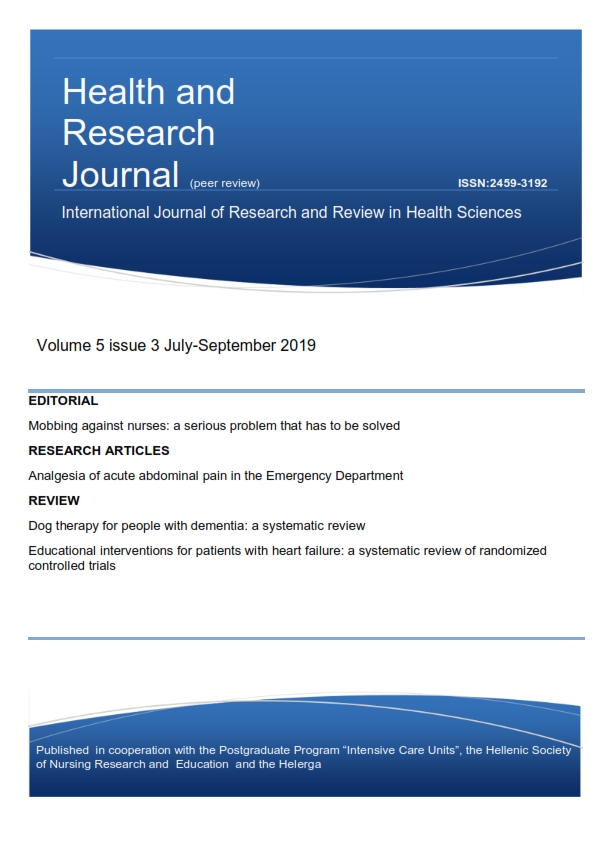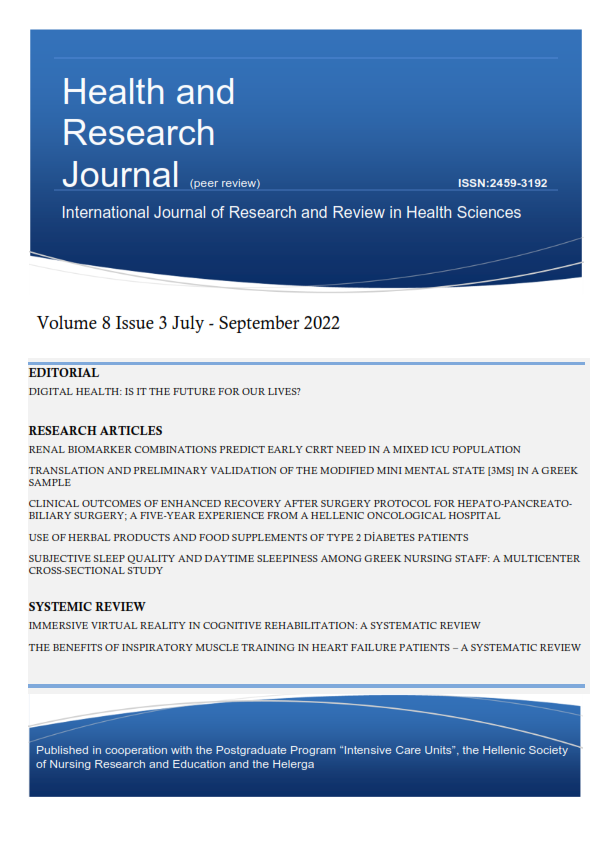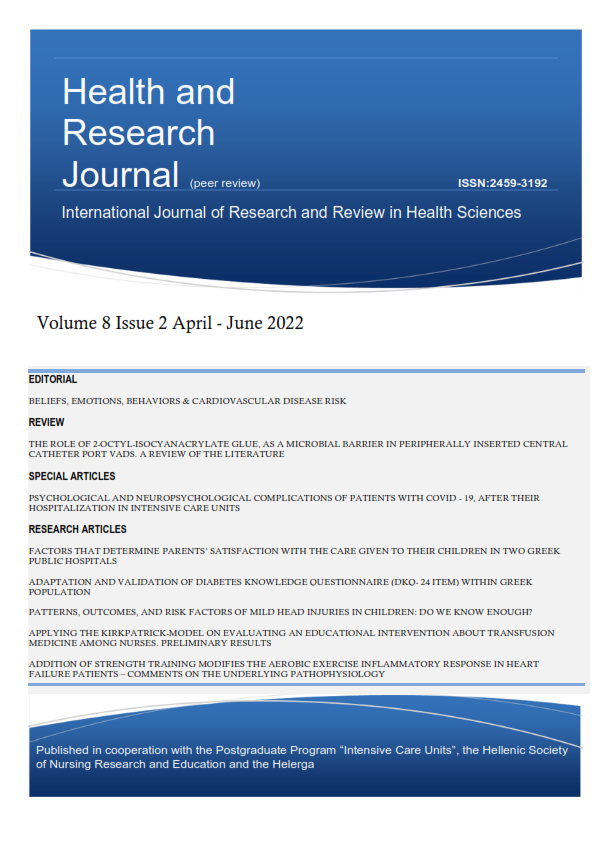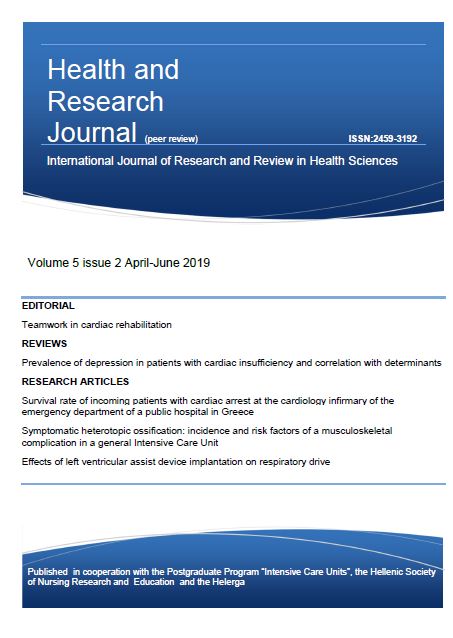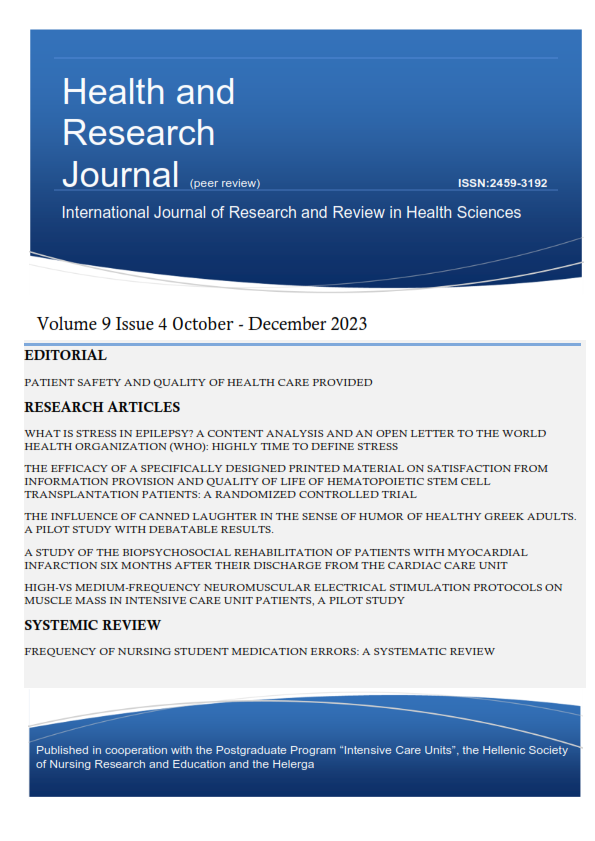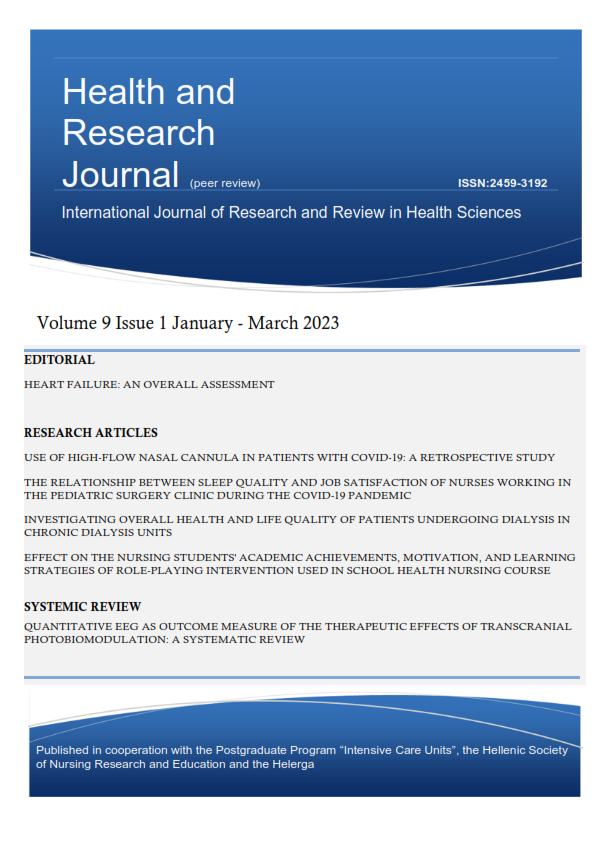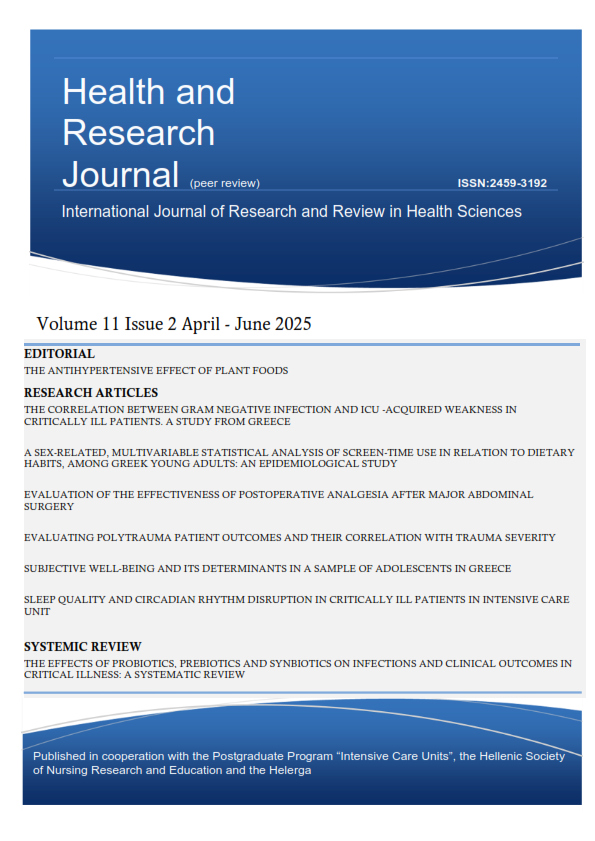Biomarkers of acute kidney injury in a mixed ICU population. a narrative review
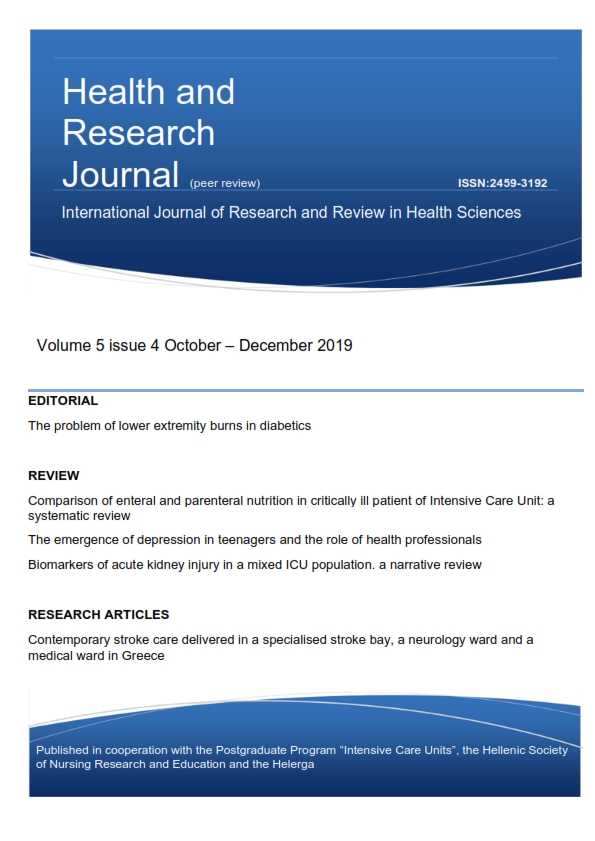
Abstract
Introduction: Acute kidney injury is a severe complication occurring in critically ill patients treated in the intensive care units, which has a significant impact on morbidity and mortality in these patients. Moreover, despite technological and pharmaceutical advances during the last decades, acute kidney injury is still associated with markedly increased morbidity and mortality. Creatinine, the most common renal dysfunction biomarker in use, has poor predictive accuracy for renal injury due to time delay in its increase and the influence by other factors on its serum concentration such as age, gender, muscle mass etc. Therefore, the need for better renal biomarkers in order to early detect and intervene for acute kidney injury prevention is imperative. During the last years several new acute kidney injury biomarkers have been discovered and validated to improve early detection of patients in risk groups for progressive renal failure, need for renal replacement therapy or death.
Aim: The purpose of the present article is to review the studies that have tested the predictive ability of those biomarkers (in urine and/or plasma) for early detection of acute kidney injury in the mixed adult intensive care unit population.
Material and Method: We searched Medline (PubMed) using the keywords: acute kidney injury, biomarkers, renal failure, ICU.
Results: The most relevant articles were included in this review.
Conclusions: During the past decade, multiple AKI biomarkers have been studied and viewed as promising. Further studies are needed to determine their clinical utility.
Article Details
- How to Cite
-
Panagidis, D., Nanas, S., & Kokkoris, S. (2019). Biomarkers of acute kidney injury in a mixed ICU population. a narrative review. Health & Research Journal, 5(4), 150–162. https://doi.org/10.12681/healthresj.22168
- Section
- Reviews
Copyright notice:
The journal "Health and Research Journal" reserves the rights for copyright of the content of the website and also the copyright of the articles published.
By virtue of their appearance in this journal, the articles are free to be used for non-commercial purposes. However, the articles cannot and must not be used in anyway, published elsewhere or modified without any reference to the author and the first publication of the article.



